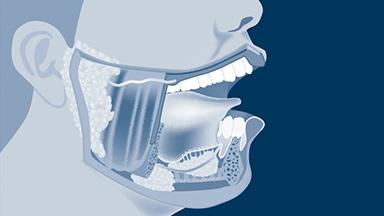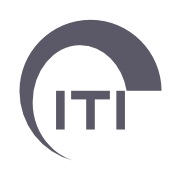
Oral Physiology - Learning Modules - Home
Introduction to Implant Dentistry
Oral Physiology
Physiology may be defined as the study of the way in which a living organism or body part functions.
Oral physiology concerns the stomatognathic system and the functioning and interaction of the teeth, jaws, and associated tissues.
Knowledge of oral physiology is of prime importance because implant dentistry is, in essence, a treatment solution to improve the functioning of teeth and the stomatognathic system; in other words, implant dentistry is a treatment to improve oral physiology.
Whether replacing a single tooth, multiple teeth, or a complete arch, implant treatment is centered on one main goal: to achieve functional outcomes or, in other terms, to achieve optimal physiologic outcomes.
Structures of the oral cavity and associated tissues play important roles in mastication, swallowing, communication, and other functions. The components of oral physiology, although interlinked, can be divided for simplicity into various functional components such as the teeth, periodontium, and oral mucosa.
The aim of this module is to provide an overview of oral physiology as it relates to implant therapy in terms of these functional components. It cannot be an exhaustive discussion of these topics but aims to introduce users to these issues and the way that oral physiology can influence implant treatments.

After completing this ITI Academy Module, you should be able to…
- describe the oral cavity mucosa, its types, and their function
- describe the functions of teeth
- describe the structure and function of the periodontium
- describe the structure and function of the temporomandibular joint and muscles of mastication
- describe the function of salivary glands and saliva
- Editor
- Anthony S Dawson , Charlotte Stilwell
- Duration
- 34 min. + 10 min. for the Assessment
- CPD/CME
- 0.73 hours
- Purchase price
- 51 Academy Coins
- Related assessment
- Oral Physiology
- Subtitles
- English Japanese
Share this page
Download the QR code with a link to this page and use it in your presentations or share it on social media.
Download QR code







